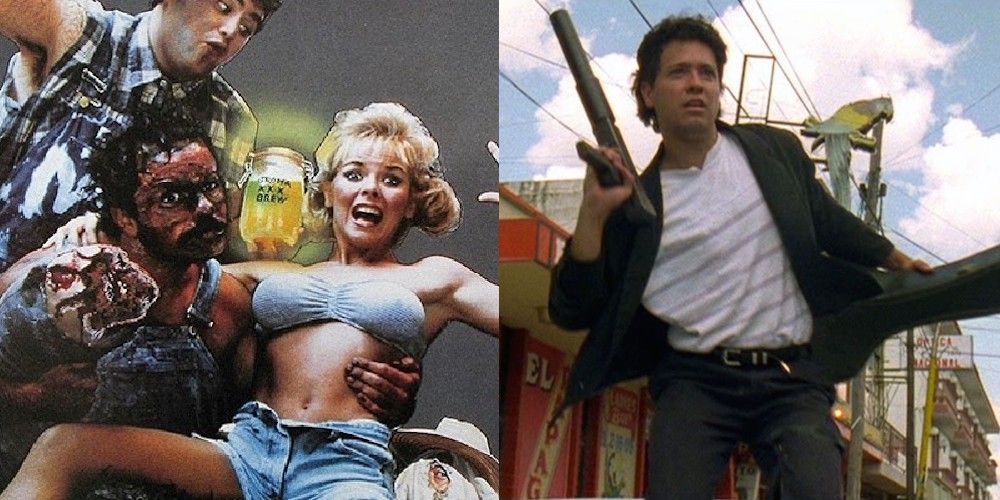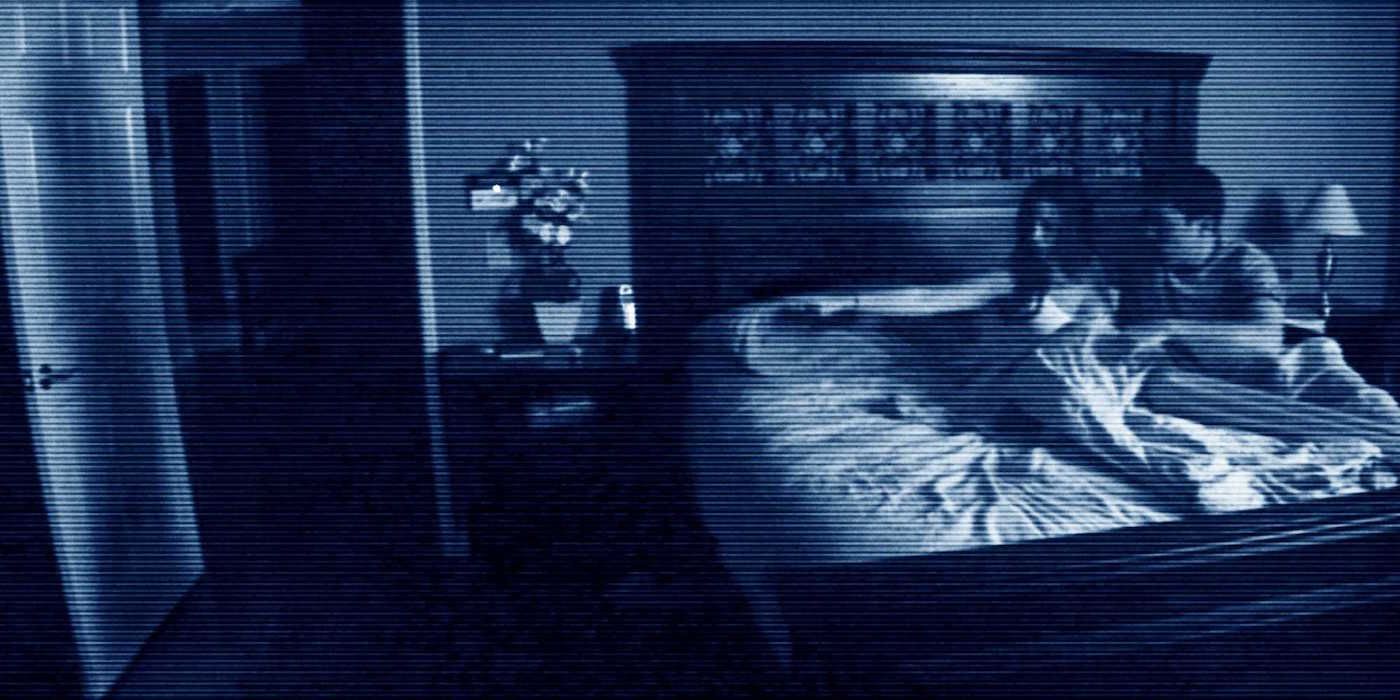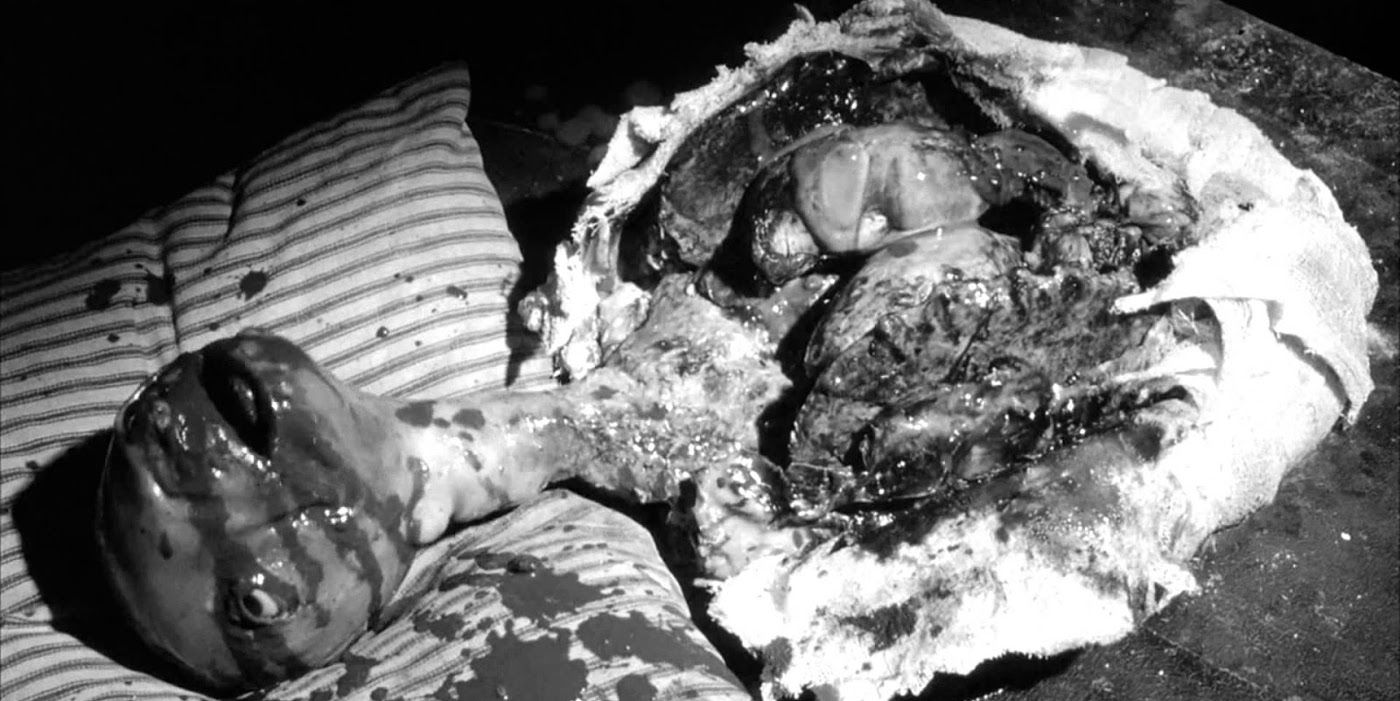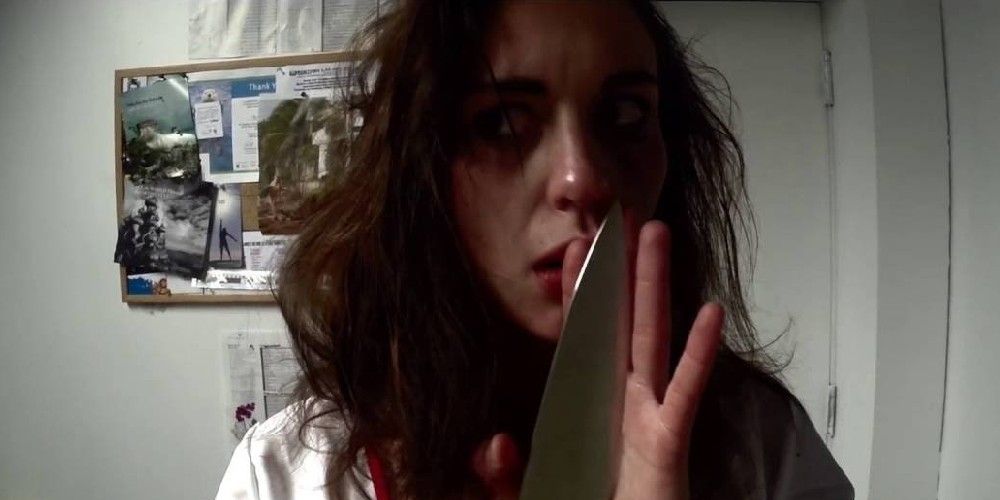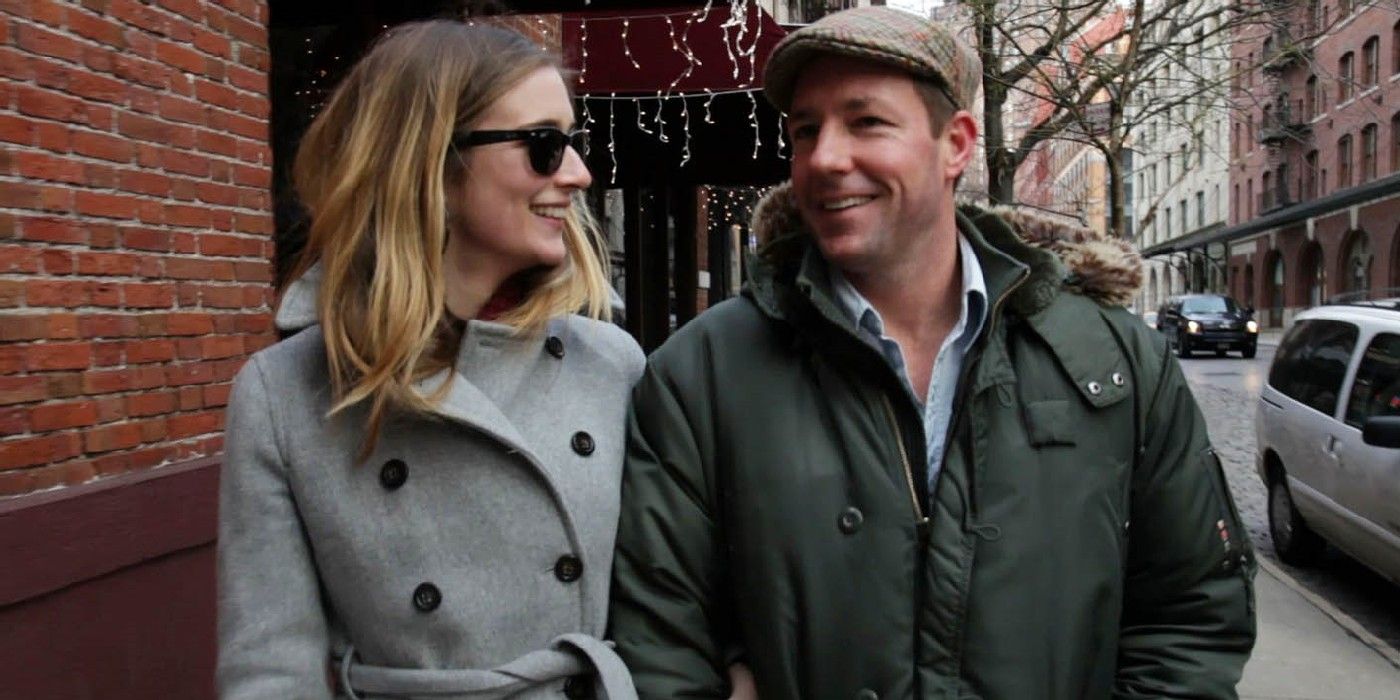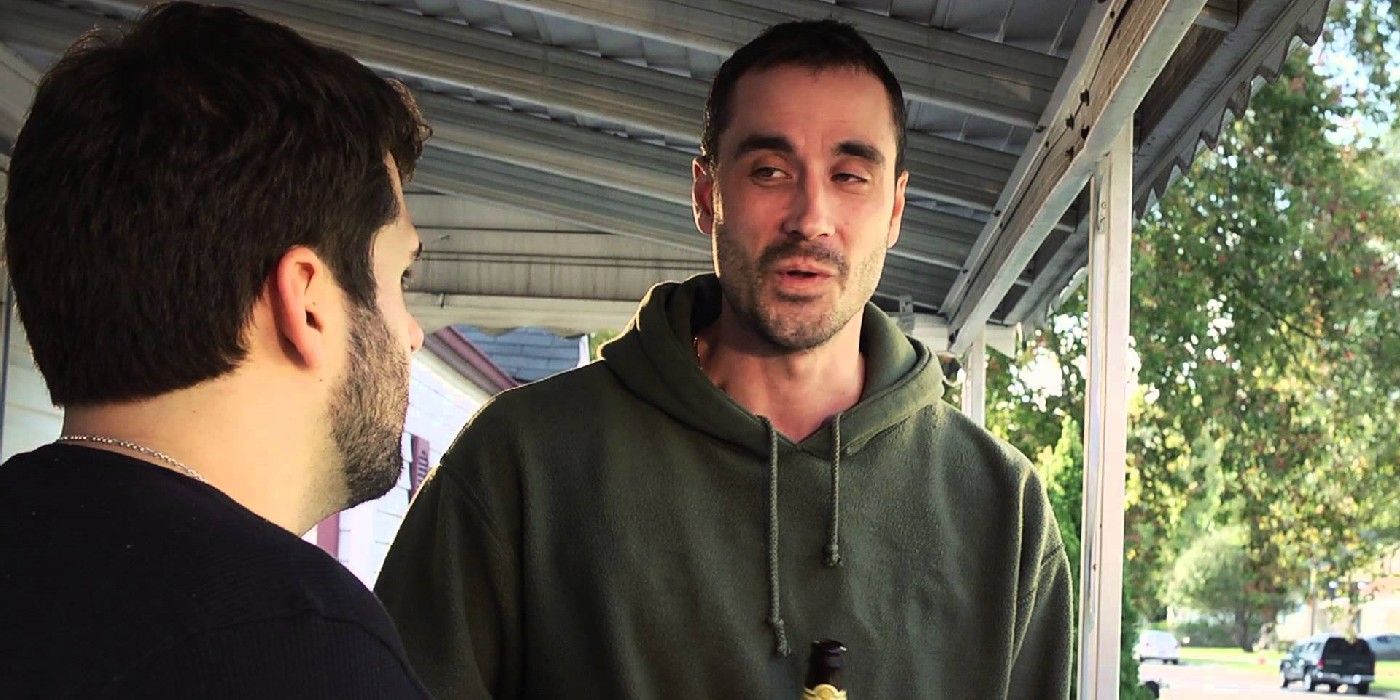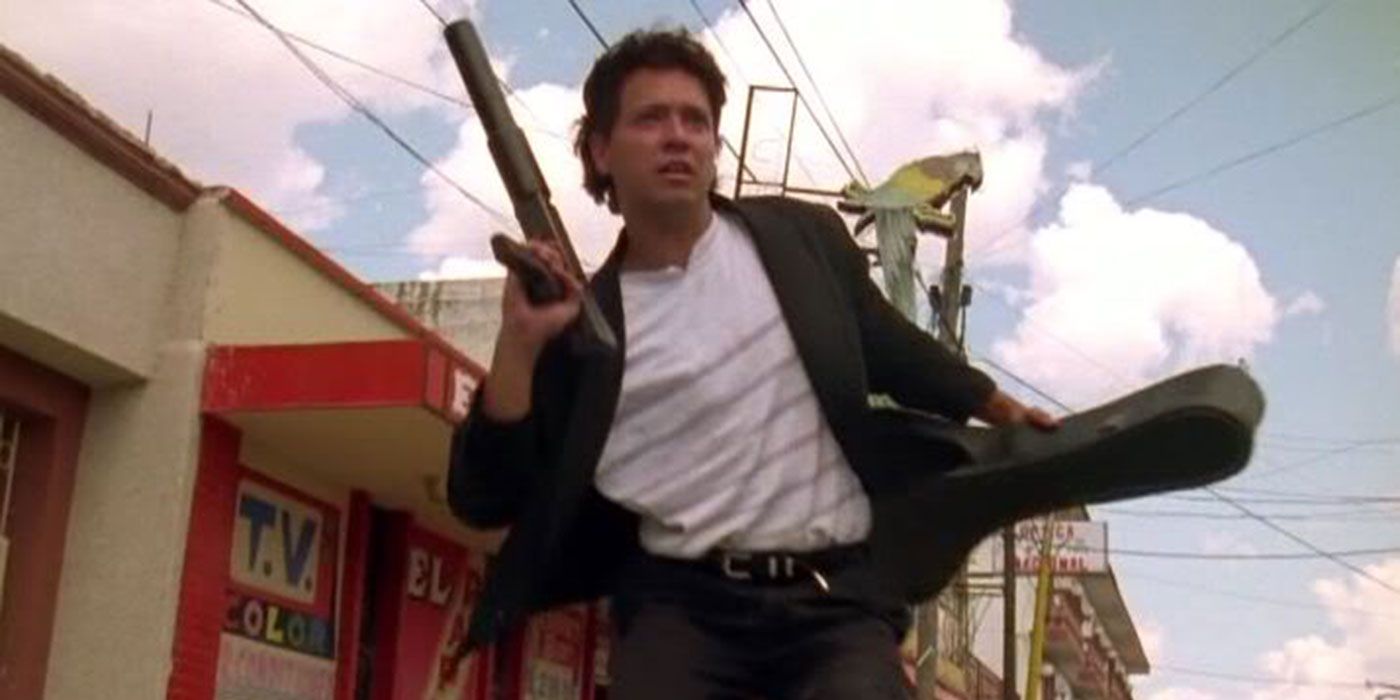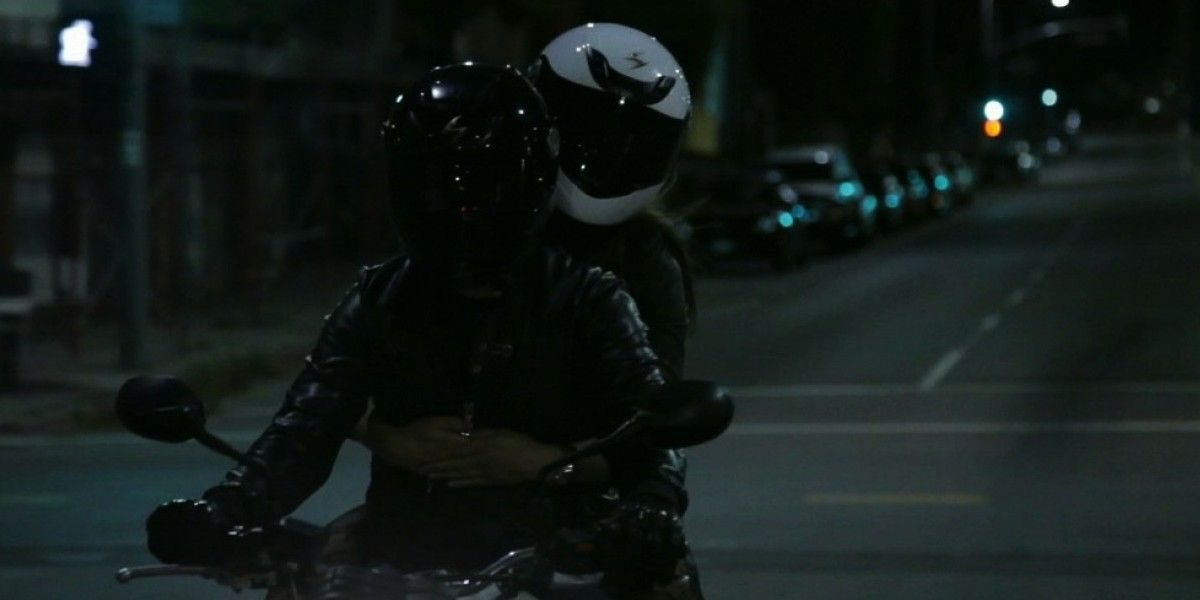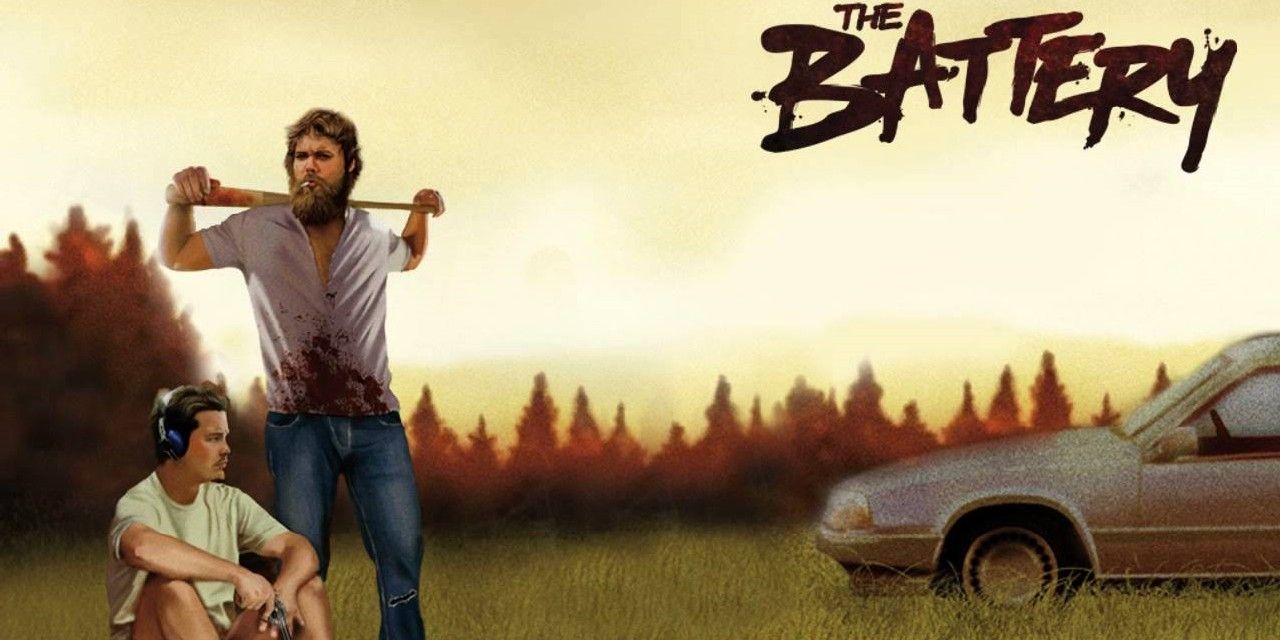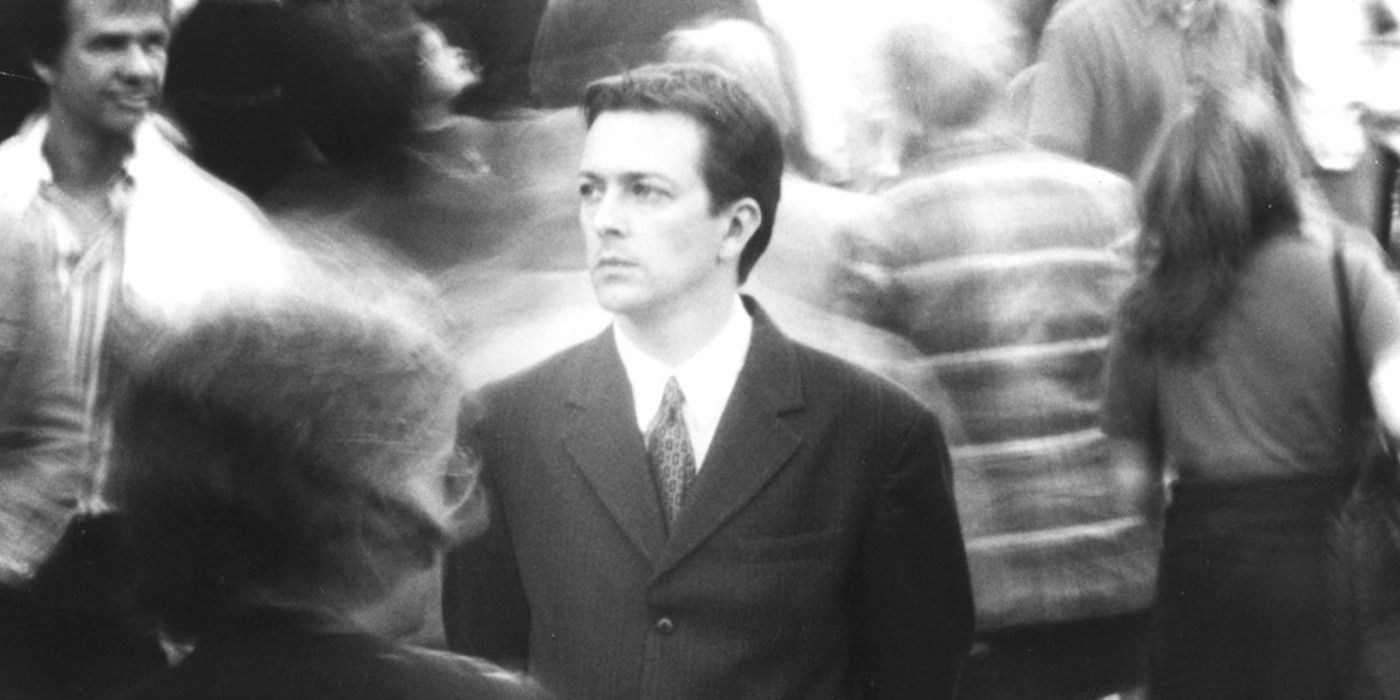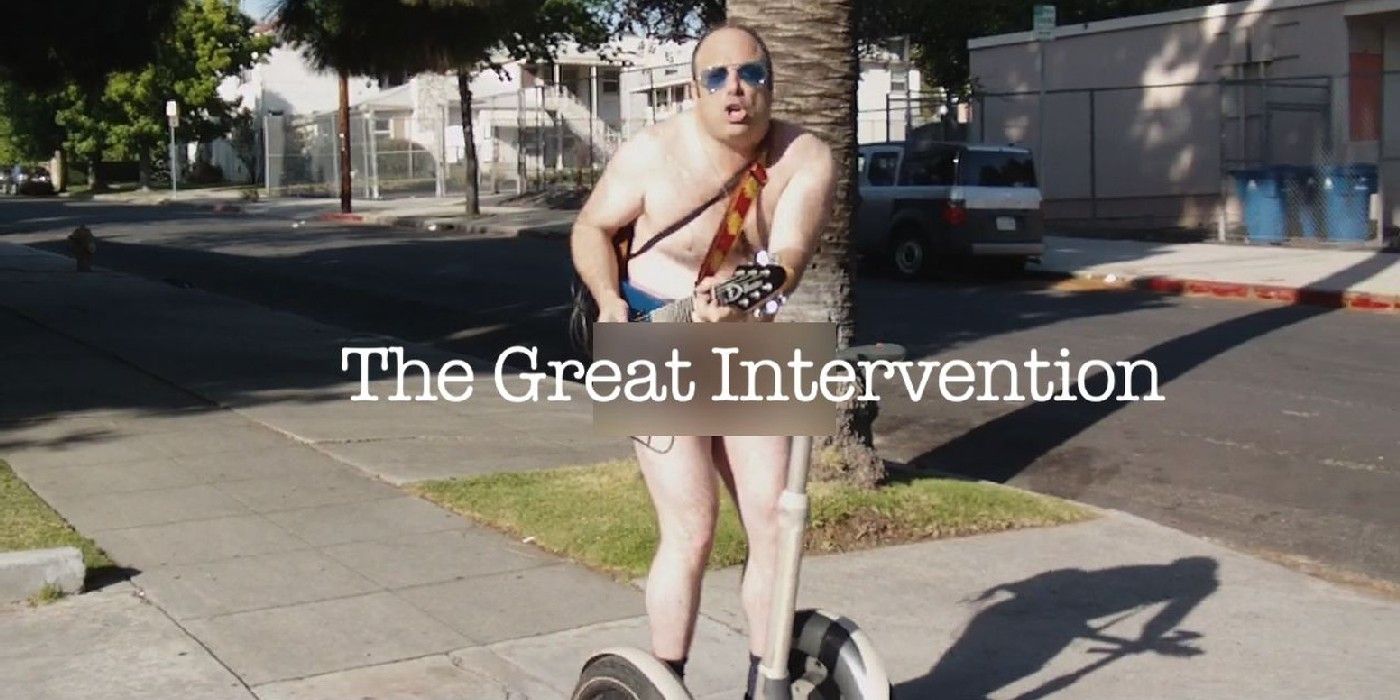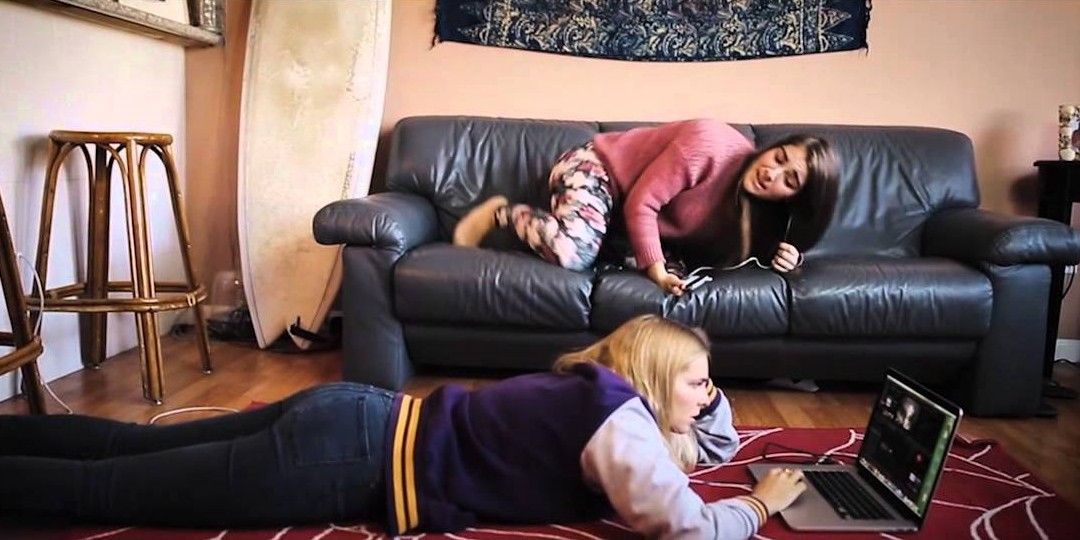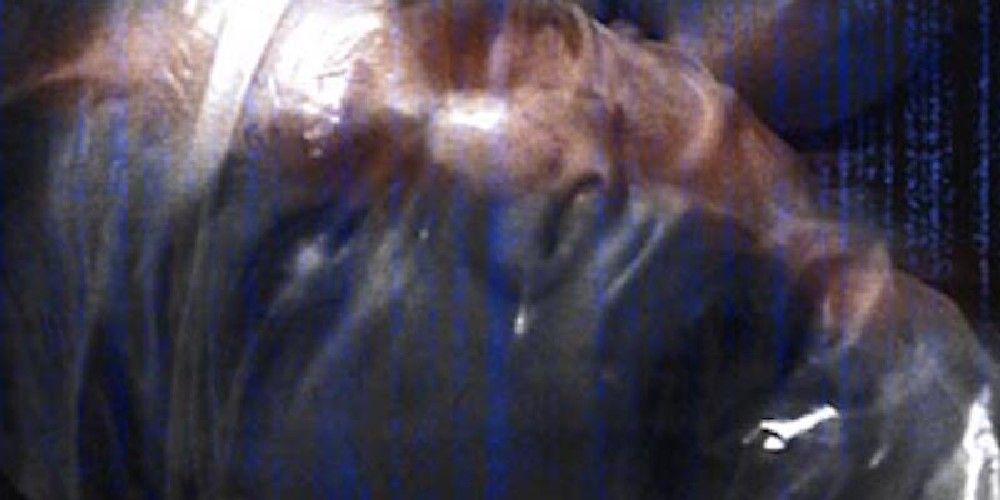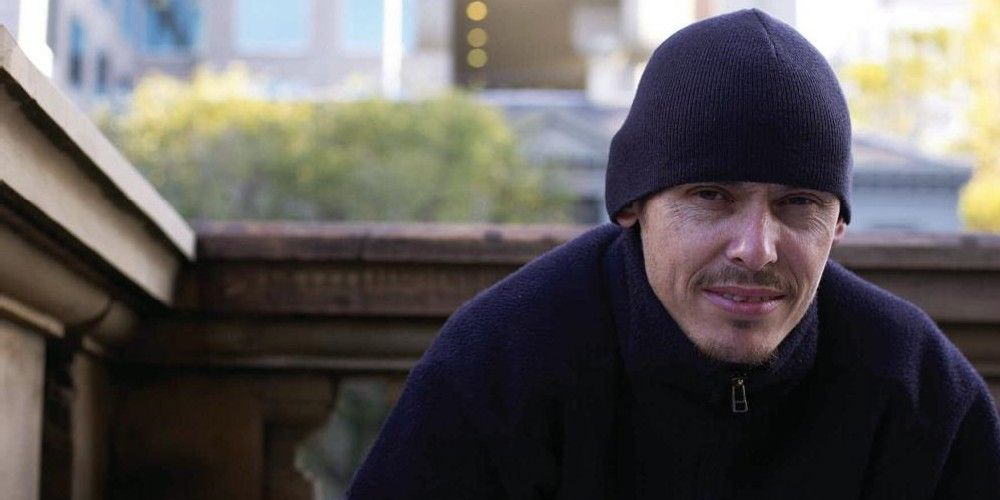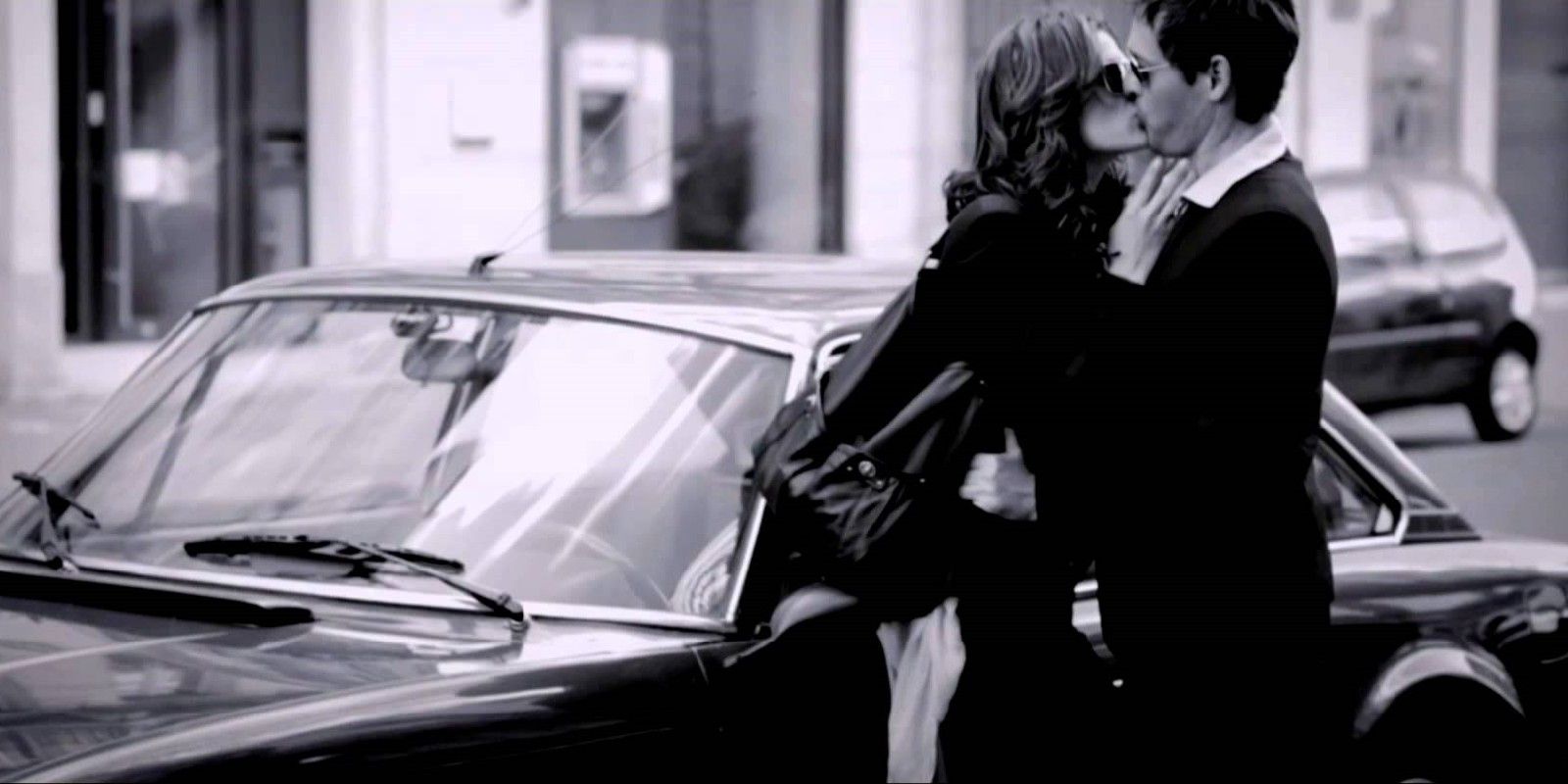It costs an insane amount of money to make a movie...until it doesn’t. Hollywood is painting itself into an extremely unforgiving corner—narrowing the window of projects it will greenlight until the type of mid-level budget filmmaking that's responsible for cinema’s most celebrated modern classics is all but eliminated. More and more independent filmmakers are following in the footsteps of film history’s independent innovators and making great movies on the cheap. From the 2015 shot-on-iPhone festival favorite Tangerine to the remarkable micro-budget filmography of Edward Burns, there’s plenty of contemporary small-scale cinema for movie fans to sink their teeth into.
Micro-budget movies are hardly something new. Cinema has a rich history of projects made for well under the smallest of independent film budgets (which usually runs anywhere from $300,000 to $3 million). From the movie brats of the 1970s (Spielberg, Lucas, Coppola) to the indie darlings of the early '90s (Tarantino, Linklater, P.T. Anderson), each generation of filmmakers ends up turning out at least one or two early projects that were made for as little as 5 to 10 grand. Here are 15 Movies That Somehow Cost 10K Or Less to restore your faith in the power of independent cinema.
Honorable Mention: Paranormal Activity ($11,000)
This surprise horror phenomenon of the late 2000s may miss the qualifications for this list by a mere $1,000, but that doesn’t mean it isn’t worth talking about. When it comes to modern micro-budget movies, Paranormal Activity should always be part of the conversation. When paired with its nearly $90 million gross, the film’s 11k budget makes it the most profitable film of all time.
Paranormal Activity is many things: a found-footage horror classic, a shrewd commentary on the late-2000s housing crisis, and the birth of an innovative horror franchise. Everything that makes Paranormal Activity great is a direct result of its budgetary limitations. Like many of horror’s greatest cinematic treasures, the terror of the movie is found entirely in its stripped-down execution.
15. Eraserhead ($10,000)
David Lynch’s surreal horror masterpiece is ultra impressive when you consider how little it cost to make. The special effects and set pieces were hardly high-tech (even by the standards of the time), but they remain a truly impressive sight when one considers that they were all put together with a budget of no more than $10,000.
Lynch is an entirely singular artist. His ability to execute his cinematic visions is astounding, and none of his works demonstrate that more than Eraserhead. Production on the film occurred on and off for several years as Lynch struggled to secure funding (small donations came from friends, and Lynch even took a paper route to help fund the project). But despite the endless lulls in production, Lynch was able to keep his special effects techniques a secret, adding to the mystique of a film that could only have been made by a starving master.
14. Late Night Double Feature ($10,000)
Horror anthologies have seen a steady revival on the indie cinema circuit. One advantage of the format is that it gives less experienced filmmakers the opportunity to make a quick-n-dirty impact unencumbered by the enormity of a full-length runtime. The 2015 Canadian horror anthology Late Night Double Feature is definitely a mixed bag, but it’s also a prime example of the type of impact a low-budget horror anthology can make.
The premise of Late Night Double Feature delivers on its title—offering two horror shorts bookended by a “late night double feature” TV show that turns into its own bloody horror fest. The film’s quality may vary from moment to moment, but its $10,000 budget is never a hindrance. Horror is a showcase genre for micro-budget projects, and Late Night Double Feature demonstrates how gory fun can be for pennies on the dollar.
13. Redneck Zombies ($10,000)
Troma Entertainment has been producing low-budget horror movies for decades. One of their cheapest, grossest, and most fun entries is Redneck Zombies, a $10,000 movie that’s every bit as ridiculous as its title suggests. The 1989 schlockfest sees a group of backward, forest-dwelling hillbillies finding a barrel of radioactive waste and using it to make a new batch of moonshine. Naturally, the radioactive brew turns the rednecks turn into zombies, and plenty of flesh-eating hilarity ensues.
Troma has logged 40 years of finding and distributing the finest and funniest of independent gore and splatter films. Redneck Zombies is one of many, many Troma pictures that take full advantage of a tiny budget, but it's also a prime example of what happens when a dedicated crew with only pennies to work with tackles a fun concept.
12. Newlyweds ($9,000)
Actor/Filmmaker Edward Burns is a Hollywood anomaly, frequently alternating between acting in major projects and directing his own micro-budget films. His 2011 feature Newlyweds is the prolific actor/director’s cheapest project to date, costing only $9,000. The simple story of a newlywed couple whose happiness is interrupted by visiting family members was essentially crowd-sourced from Twitter, as was the movie’s Tribeca Film Festival poster—proving that small-scale films are still where true innovation happens.
Burns has been quite vocal about micro-budget filmmaking--citing creative control, flexible scheduling, and lack of financial pressure as just a few of the many advantages that the process offers filmmakers. For Burns, the stress and limitations of mainstream Hollywood are far less desirable than the limitations presented by a tiny production budget.
11. Primer ($7,000)
Indie filmmaker Shane Carruth has garnered an enthusiastic following—an impressive feat, considering the he's only made two films over the course of a decade. His debut feature Primer is a remarkably ambitious indie sci-fi gem, tackling its time-travel narrative with precision and confidence. And with a budget of just $7,000, it's also a monumental success for the independent film industry.
One of the magical things about a limited budget is that it frees up a film to streamline its concepts. Nowhere is this more apparent than in Primer, a film that somehow manages to tackle its subject in a way that feels scientific and organic without sacrificing suspense or entertainment value. It’s the kind of movie that should motivate more filmmakers to stop waiting for sizable funding and get to work on the next great micro-budget sci-fi flick.
10. Getting Out ($9,000)
This 2015 independent crime drama was filmed entirely on location in Michigan with a local cast and crew. Inspired by other famous micro-budget movies like Robert Rodriguez’ El Mariachi, director Nick Felice did thorough research into how to make a film production work on an extremely small budget, and he ended up bringing in a hefty handful of awards for his film on the festival circuit.
According to Felice, about 90% of the work of making the film on such a small budget came from writing the script. Getting Out works as a stripped-down crime drama because the director planned to avoid expensive scenes by keeping the focus on characters and dialogue. The best micro-budget movies turn their limitations into advantages, and Getting Out develops a unique personality from the creative strain of its budgetary constraints.
9. El Mariachi ($7,000)
El Mariachi is arguably the most famous micro-budget film of all time. Unlike most of the films on this list, it’s as well-known for the size of it’s budget as it is for being the debut feature of director Robert Rodriguez. It’s a bare-bones movie, for sure, but it’s also pretty great looking. Rodriguez has made some gorgeous genre flicks—from the Quentin Tarantino penned From Dusk Till Dawn to the comic book noir adaptation Sin City—but few of his films have the charm of his first feature.
One could easily argue that a bigger budget accounts for Rodriguez’ best work as well as his worst. Desperado and Once Upon a Time in Mexico are both laudable expansions of the El Mariachi story, and the first two Spy Kids films are enjoyable family fare. But it's hard to look at something like the 2014’s Sin City: A Dame to Kill For and not blame its failure on too much money going toward a tired premise. Perhaps a return to micro-budget filmmaking would be just the thing to re-vitalize the Robert Rodriguez oeuvre.
8. Layover ($6,000)
One of the quickest and (arguably) easiest ways to cut down on a film budget is to use guerilla filmmaking techniques. The 2014 indie flick Layover was shot on the fly in and around Los Angeles International Airport in just 11 days, cutting the film’s budget down to a mere $6,000.
Layover takes place over the course of one night as a young French woman is stranded in LA after a delayed flight to her own wedding in Singapore. The one-night odyssey is the kind of story that a hundred other independent filmmakers would have told with a budget a hundred times as big, and probably to less favorable results. Layover is the type of film that shows how little “conventional wisdom” matters when it comes to the art of cinema.
7. The Battery ($6,000)
The zombie genre has been done to death over the past eight or nine years, so making a zombie movie that feels fresh for only $6,000 is quite an accomplishment. The 2012 zombie romp The Battery focuses on two former baseball players who navigate the post-apocalyptic New England. The story doesn’t cover a lot of new ground for the genre (except for the movie’s final act, which mostly takes place within the confines of a stationary car surrounded by hungry zombies), but there’s something about the low-budget execution that makes the movie stand out.
Countless zombie movies have been made on miniscule budgets, and likely will continue to do so. With the exception of spoofs like Shaun of the Dead and Zombieland, most bigger-budget zombie projects offer very little to the genre but more impressive looking zombies. Meanwhile, movies like The Battery will always be the beating (or un-beating) heart of a genre that never seems to stop surviving.
6. Following ($6,000)
Christopher Nolan may have only improved as a filmmaker with age and bigger budgets, but that doesn’t mean his low-budget debut isn’t still worth checking out. The advent of digital photography has made it relatively easy to make a movie for little to no money. It’s all the more impressive, then, that Nolan was able to keep the budget for Following as low as $6,000 while shooting on film.
Most scenes were rigorously rehearsed and blocked in order to reduce the number of takes needed, which cut the cost of filmstock (the majority of the movie’s budget) down significantly. Almost all of Christopher Nolan’s films involve meticulously choreographed action sequences, and it’s likely that the discipline involved in making Following prepared Nolan to create them.
5. The Great Intervention ($5,000)
Unlike other movies on this list, The Great Intervention actually looks cheap, but its premise takes full advantage of its home-movie aesthetic. The 2010 mockumentary centers on an aging man-child musician who thinks he’s been discovered by a documentary film crew, when in fact it’s his parents who have staged the entire film as an elaborate intervention. It’s the perfect set-up for a low-budget feature, and the end result is a darkly funny piece of high-concept slapstick.
The Great Intervention offers an outrageous look at the way Hollywood destroys far more dreams than it fulfills. Many of cinema's clearest statements on a particular time and place take microcosmic looks at one person or a group of people and turn them into empathetic archetypes. The Great Intervention may be a cheap little movie, but in the story of its eccentric protagonist, it finds poignantly dark humor in the plight of the modern American artist.
4. Frisky ($5,000)
Australian comedy writer/director Claudia Pickering’s feature debut is booming with the same DIY spirit that was surely evoked to get it in the can. Frisky centers on two twenty-something women on a detour in San Francisco, distracted from their shared business by close proximity and a heavy stream of hookups. Both the film’s setting and episodic structure provide the backdrop for some fresh comedy and a winning atmosphere.
Unfortunately, there are moments where Frisky’s $5,000 budget becomes a little too apparent. The sound mixing is pretty shoddy, and the quality of the performances varies pretty drastically. But it still has a unique, self-realized charm that can only be achieved by filmmakers brave enough to go out and make a movie without the industry's permission.
3. The Last Broadcast ($900)
One of the earliest known films to be shot exclusively on digital cameras is 1998’s The Last Broadcast, a mockumentary horror feature that probably would have made a much bigger impact were it not for The Blair Witch Project swooping in and stealing all its thunder. The Last Broadcast takes a similar approach to Errol Morris' real documentary The Thin Blue Line, arguing that a man was wrongly convicted for a series of brutal murders. From there, the film turns into a terrifying hunt for the Jersey Devil.
Blair Witch, though it came out a year later, is a more accomplished film, to be sure. But that doesn’t mean The Last Broadcast isn’t equally impressive, if only for the fact that it only cost $900 to make, and it still deserves to be remembered for its groundbreaking place in the history of digital filmmaking.
2. The Magician ($500)
Another lo-def digital mockumentary, Scott Ryan’s The Magician is a nearly pitch-perfect dark comedy about a hitman who asks his neighbor to film his life. With a budget of only $500, it’s a colossal cinematic achievement.
The mockumentary style has become a bit of a tired trope in recent years, especially on the independent film circuit. The fact that The Magician feels fresh and exciting without doing anything particularly revolutionary with the format is a huge credit to writer/director/star Scott Ryan, whose magnetism comes off both on and behind the camera. When someone makes a movie as solid as The Magician for only $500, there’s almost no excuse for aspiring filmmakers not to hit the streets and make their own no-budget mini-masterpieces.
1. For Lovers Only ($0...kind of)
Did For Lovers Only really cost $0 to make? Not exactly, but brothers Michael and Mark Polish were right to tout their 2011 feature as a literal no-budget project. The only real costs involved in making the movie were a couple plane tickets to France, where the movie was shot, and food for the duration of the shoot—all of which the brothers say they would have spent on a vacation anyway. All equipment involved in the production was either borrowed or already owned.
The brothers then released the film themselves on Amazon and iTunes, and got the word out on Twitter. For Lovers Only obviously hasn’t made millions, but it did make over $200,000 within a month of its release—virtually all of which went to the Polish brothers. Yes, the self-proclaimed $0 budget is a bit of a gimmick, but it’s also a poignant statement on the possibilities of independent filmmaking in the 21st Century.
--
What are some of your favorite micro-budget movies? Is there some under 10k hidden gem out there we’ve missed? Let the world know in the comments!

